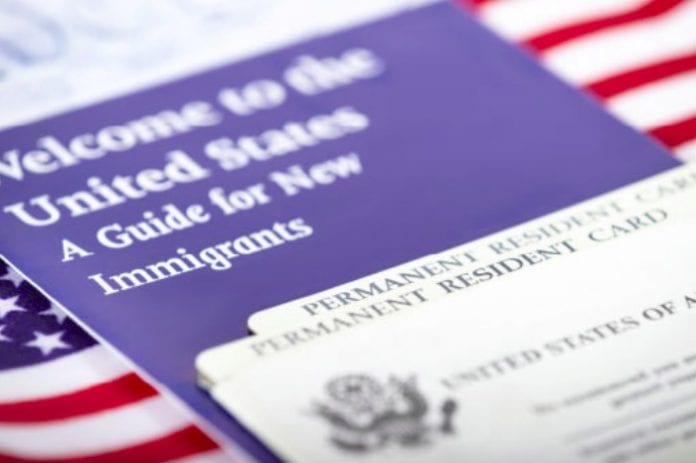The Department of Homeland Security (DHS) has released a groundbreaking guide for integrating artificial intelligence (AI) into U.S. immigration services, aiming to modernize the system and boost efficiency.
The “Playbook for Public Sector Artificial Intelligence Deployment” outlines a strategic framework for deploying AI across key immigration processes, from case management to communication tools. However, with an impending political transition, the long-term future of these initiatives remains uncertain, raising questions about their impact on immigrants, employers, and families.
A new era in immigration services
DHS’s playbook identifies seven key focus areas for implementing AI:
- Developing mission-focused AI applications
- Building public-private technology partnerships
- Enhancing existing immigration infrastructure
- Implementing responsible AI safeguards
- Measuring efficiency improvements
- Training immigration officers on new technology
- Collecting feedback from immigrants and their representatives
DHS Secretary Alejandro Mayorkas emphasized that the initiative is designed to “responsibly harness the potential of AI technology” while safeguarding privacy and individual rights.
Building on 2024’s AI foundations
The playbook builds on DHS’s AI advancements throughout 2024, including:
- AI Safety and Security Board (April 2024): Convened tech leaders, civil rights groups, and government officials to oversee AI integration.
- Chemical and Biological Safety Guidelines (June 2024): Established AI frameworks for security screenings.
- Expanded AI Use Case Inventory (December 2024): Documented 158 active AI applications within DHS, 29 of which directly impact immigration processes.
These initiatives have already demonstrated results, such as the Evidence Classifier system, which doubled the rate of 30-day application processing from 30% to 58%, saving over 13,000 hours in document review. Additionally, the Person-Centric Identity Services system has improved record matching, reducing delays caused by mismatched application files.
What it means for immigration applicants
For individuals navigating the immigration system, AI implementation is already delivering noticeable improvements:
- Faster Processing: AI systems can handle straightforward cases more quickly, reducing wait times for applications with complete and standard documentation.
- Consistency Across Offices: Automated systems apply uniform standards nationwide, minimizing variations in case handling.
- Improved Communication: AI-powered tools now offer more frequent updates in multiple languages, helping applicants stay informed about their case status.
Challenges amid political transition
Despite these advancements, the future of DHS’s AI initiatives may be shaped by the incoming administration’s policies. Drawing on the 2017-2021 immigration landscape, potential changes include:
- Increased Screening Intensity: AI systems could be adjusted to tighten scrutiny on:
- Employment verification for work visas
- Financial requirements for family sponsorship
- Background and social media checks
- Modified Priorities: AI could enhance fraud detection, expand security screenings, and implement stricter public charge and employment qualification assessments.
As DHS continues to integrate AI into immigration processing, the balance between technological progress and political influence will determine the system’s trajectory in the coming years. For now, the playbook sets the stage for a faster, more consistent, and potentially transformative approach to U.S. immigration services.















